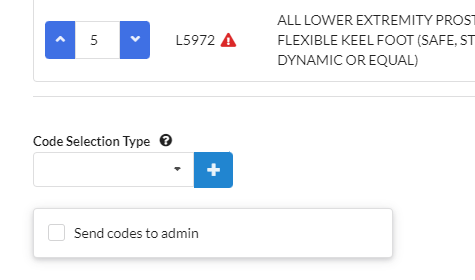Why Clinical Communication Matters
At the risk of stating the obvious, there is a lot that goes on in an O&P practice just to move a patient from intake to delivery. For a simple OTS AFO, we counted over 30 steps, many with sub-elements. Since getting paid for what we do is fairly important to most of us, I want to focus a little on a critical, but often overlooked communication opportunity. As you know, the clinician will create a care plan based on their evaluation. Part of that process is to identify the HCPCS codes that represent the components required for the intervention. As a clinician, especially when working with a complex patient situation, you may find it necessary to create more than one set of codes to see what works, you may even consult with the manufacturer(s) to get their ideas. It is not at all uncommon to have multiple sets of code selections for a single prescription. But how does the admin know which one is the “real one?” And why does that even matter?
In OPIE, there is a button option to “Send to Admin” that the clinician should think of as the “this is my final answer” button.
While it is true that the admin team does not get a message that the codes are done, it activates many crucial background elements that are essential to the downstream work. First, it turns the L-Code WIP item green. That is the signal to the admin time that it is time to do the insurance authorization. Just as important, that little button click creates the infrastructure for the eventual claim that will be sent for payment, it tells OPIE that the fee schedule value of those codes is real and is now potential revenue, and it date-stamps the compliance screen.
As we think about team communication, that simple button press that seemingly does nothing is actually the most overlooked action in the clinician communication process. That one activity impacts the admin team, the billing team, purchasing team, and the executive/finance team. Failure to send to admin can delay parts order, which delays patient care, which can have a negative impact on the patient’s physical outcome. It fails to account for potential revenue, so strategic financial decision-making could be flawed. It causes a pre-billing scrub to be delayed because rather than seeing a nice flow of time stamps, the scrubber needs to do more research, which delays the billing process, which delays getting paid, which negatively impacts your cash flow.
When we talk to practice managers, communication between the administrative staff and the clinical staff is always near the top in the list of frustrations. This little button in OPIE will improve this major sticky point in interoffice relations!


